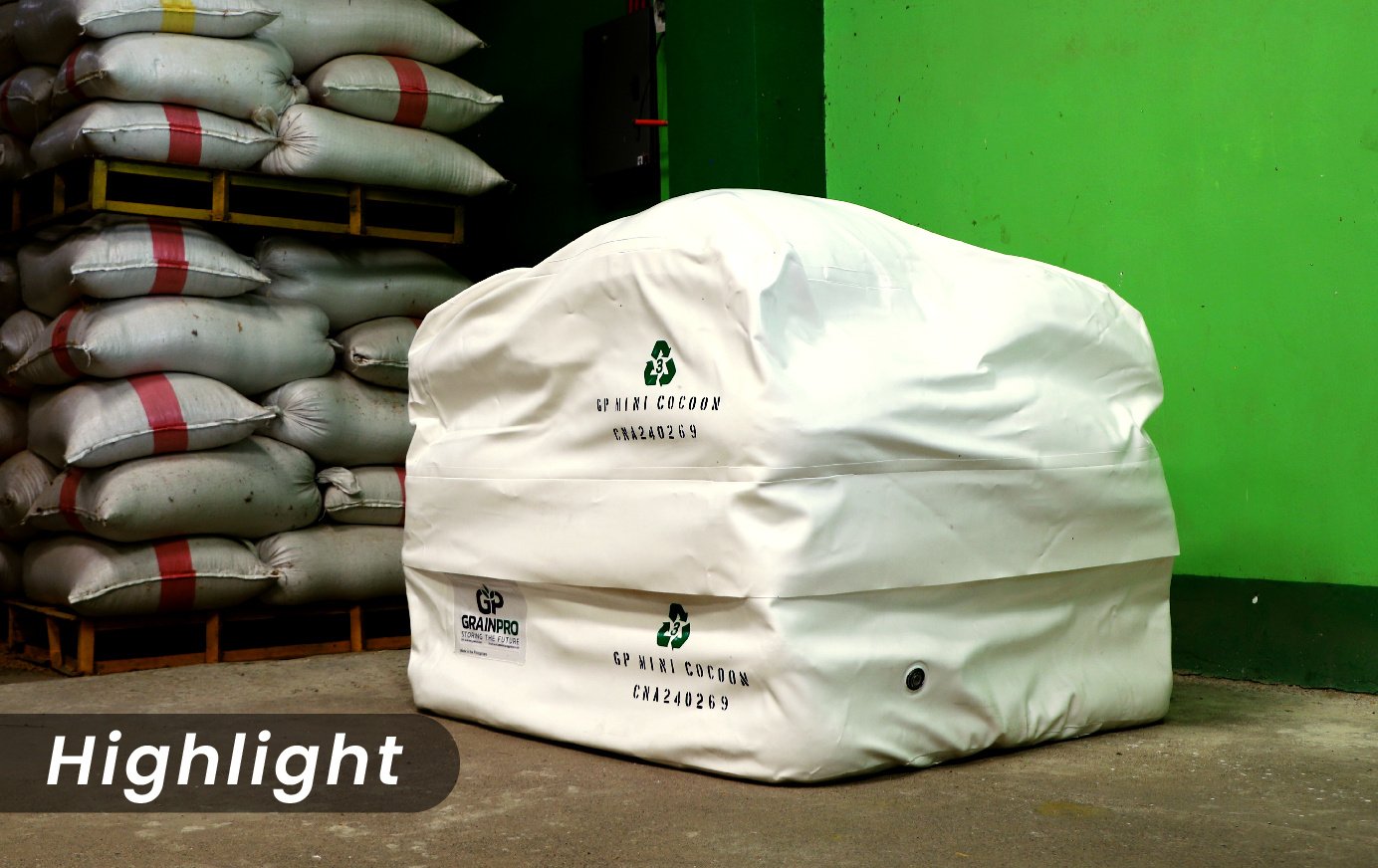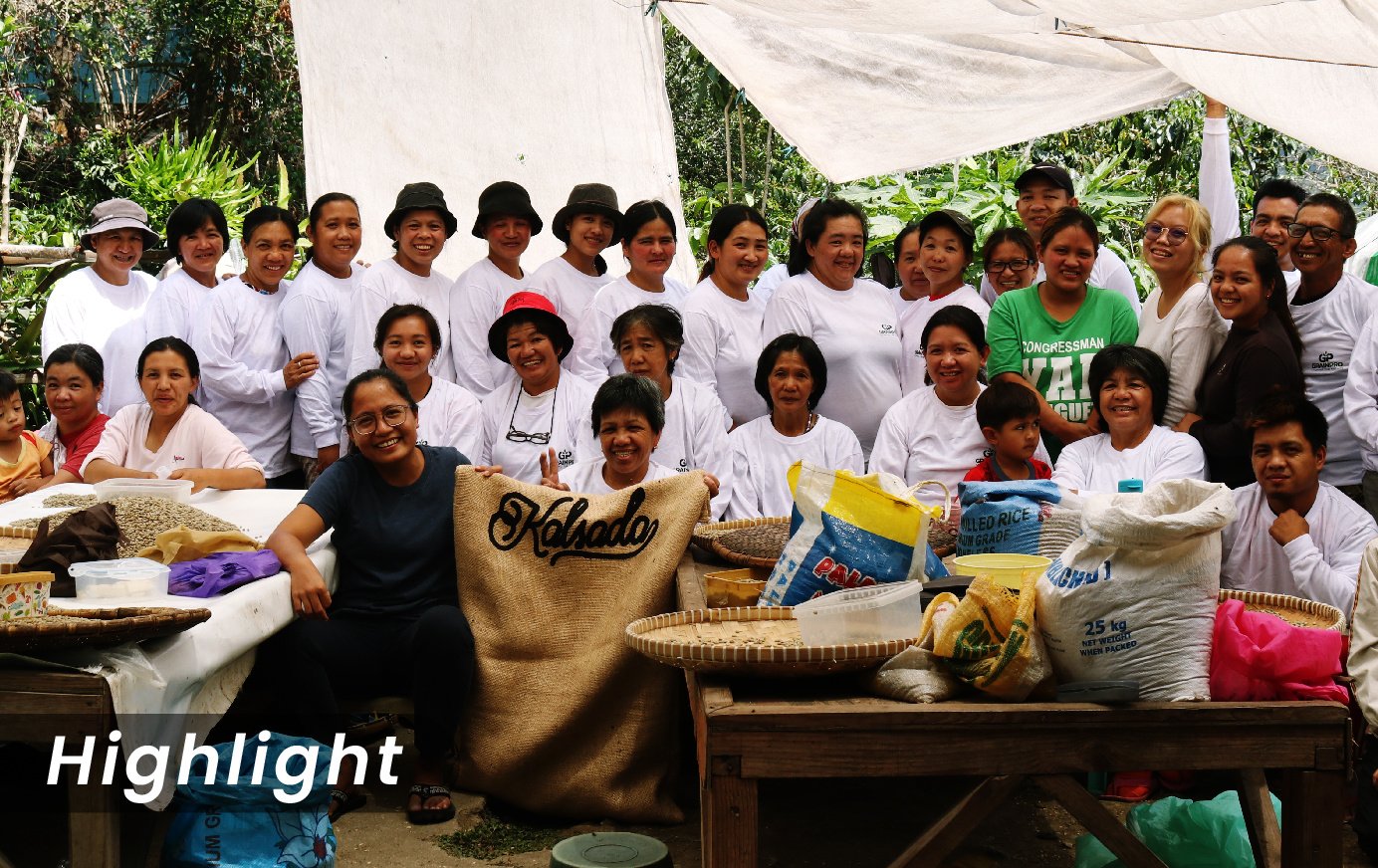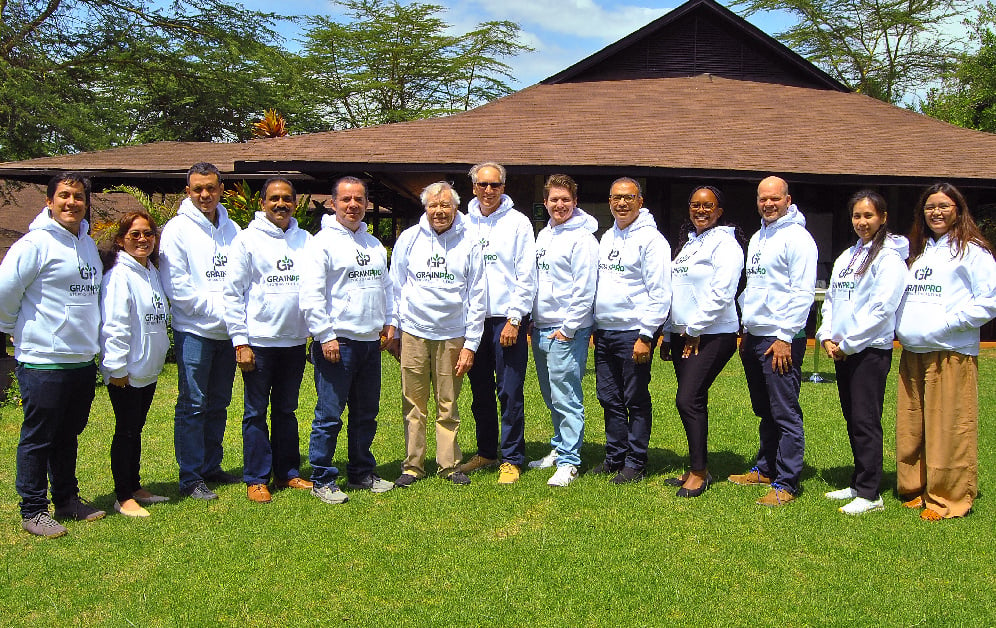Preserving a Cultural Foundation Through Passion
Maize | 13 min read
Farming numbers can add up exponentially; consider the US Department of Agriculture estimates Mexico’s 2020-2021 corn production at 27.8 million tonnes.
Factor in rough estimates of 39 bushels of corn per tonnes, and 48 ears of corn per bushel, and 800 kernels per ear of corn, that means Mexico produces more than 4 trillion kernels of corn each year.
If it’s hard to wrap your head around thinking that big, try Mexico businessman Rafael Mier’s approach of considering the small. Rafael believes so strongly in Mexican corn that he says, “We don’t want a single kernel lost.” He is on a quest to help his country believe the same.
Planting A Seed Of An Idea
Rafael Mier has always found stories in numbers. He studied business administration, earned an MBA in Spain, worked as a consultant, and eventually became the Chief Financial Officer of Mexican furniture and interior design company MarqCo. It was much business as usual, until one day he sat down for lunch with his extended family and his life unexpectedly changed course.
Rafael says, “My nephews, nieces, brother and sister, we were having tortillas and I realized most of the people closest to me did not know how to make tortillas. I was very disappointed and very sad. I thought, what is missing?”
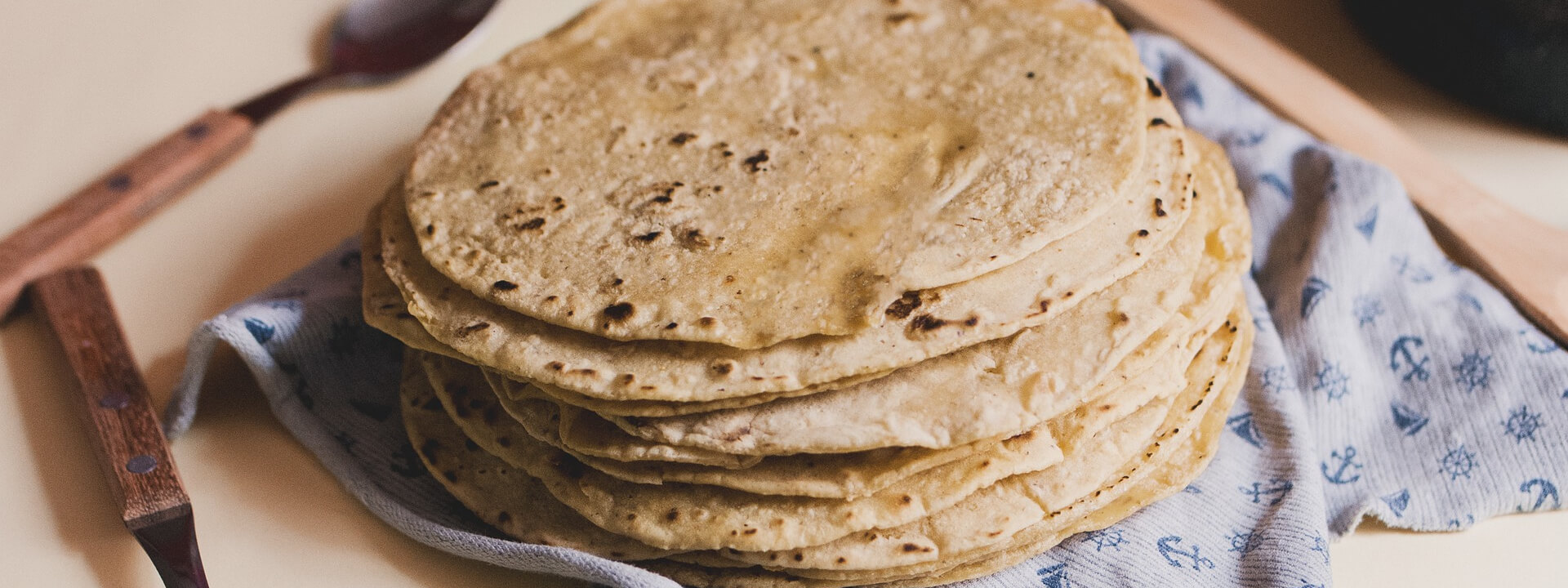
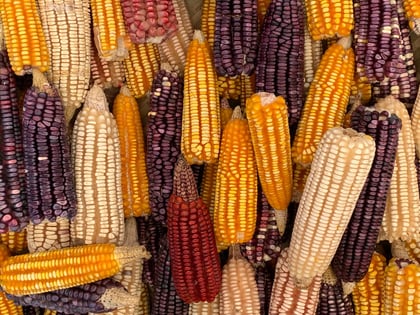
What Rafael saw at his family’s table was something happening across his country. Mexico is thought to be the home of corn—stretching back at least 7000 years. For hundreds of years, tortillas have been a key product of that corn. But over the past generation, as Mexican diets changed to include more bread and fast food, tortilla consumption dropped dramatically--by some counts, by nearly 45 percent. Rafael believes those numbers harm more than his country’s economy. He says, “Mexico is a country built with corn. Corn is our past. It is our present. Most of our traditions, our food, our family, our gatherings—corn is always there with us.”
Growing an Audience
Rafael started writing articles advocating for corn and tortillas but had limited success finding journalists willing to listen. So about six years ago, he turned to social media and started publishing daily articles. More than 14 thousand people followed his Instagram account; he got about 450,000 followers on his Facebook page. Before long, Rafael’s part-time passion project turned into a full-time job as he quit his CFO job and founded Fundación Tortilla, a non-profit organization dedicated to improving the state of corn in Mexico.
Fundación Tortilla’s mission is simple: “promote the culture and consumption of corn and tortillas as fundamental elements of national well-being.” Living into that mission is more complicated Rafael explains a multi-faceted approach ranging from conserving heirloom corn’s biodiversity, working with the government to influence agricultural policy, and educating people about the benefits of corn and tortillas.
Rafael has led workshops and courses with audiences including farmers and chefs. He shares his own story of trying to recover an heirloom popcorn variety as proof of how easily corn history could be lost, and he encourages promoting the health benefits of tortillas made without additives or preservatives. He says changing how tortillas are labeled would be good for Mexico’s more than two million corn farmers and good for people’s health. Rafael is an advocate for tradition—and for technology.
Rafael realized when talking with corn producers and tortilla makers that preserving the corn was difficult in Mexico’s hot and humid environment. Many farmers reported moths and weevils would attack the corn as they stored it, resulting in post-harvest losses. Rafael thought that was too much corn gone, too much economic power disappeared, and he started looking for options to preserve more grain.
Harvesting A Solution
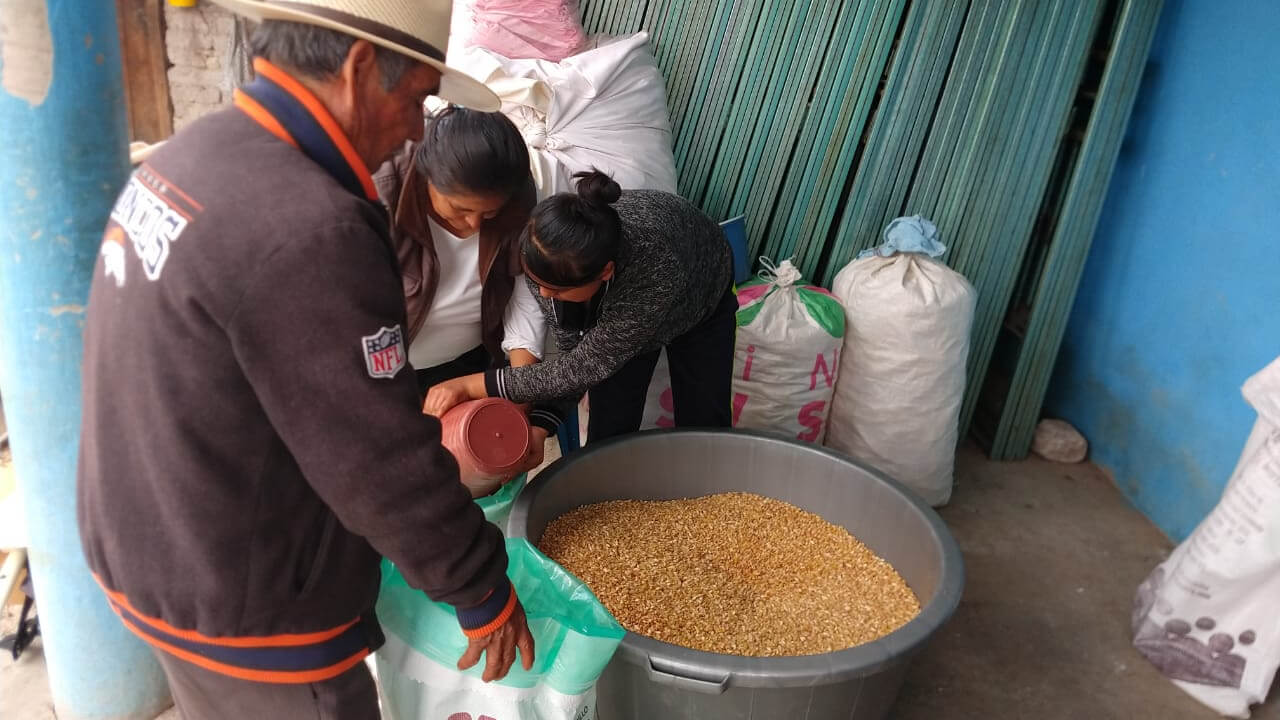
Rafael says he found his solution when he discovered GrainPro; he had heard about coffee growers using GrainPro hermetically sealed bags to preserve the quality of their beans; He knew friends who exported grain who used GrainPro products to ensure their corn arrived in the US in good condition. Rafael also saw the importance of a product which could preserve humidity at a very precise level required for popcorn. He began recommending GrainPro products to all who take his in-person and online classes because he says he sees the difference the storage solution can make.
Rafael says, “Traditional techniques are not so efficient to keep corn for a longer period of time. We can use these GrainPro technologies to keep our corn for a longer time. If they are accessible, they are affordable, that’s great. That’s what we need.”
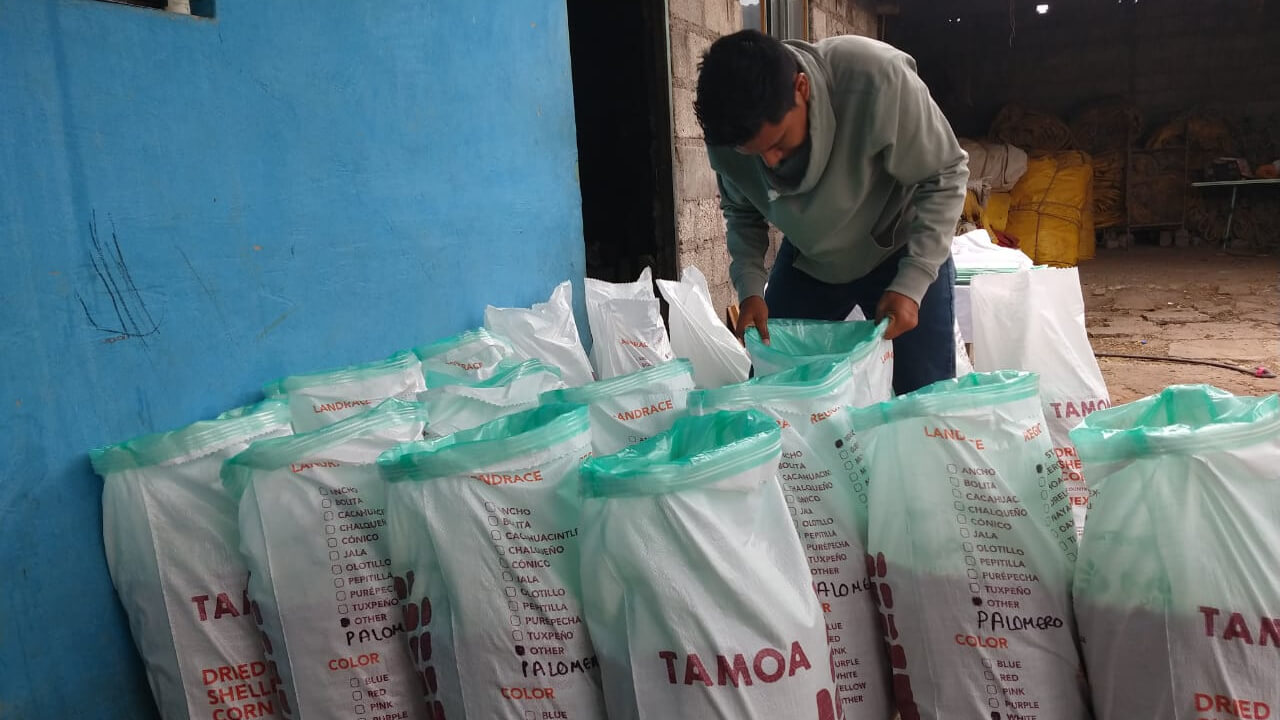
Planning For The Future
When Rafael Mier shares his favorite tortilla recipe, the list of ingredients is short; the instructions are long. Doing things right takes time, just as it has for generations. Rafael approaches Fundación Tortilla mission for Mexico in the same way. “We are made of corn. It is our most important cultural element,” he says. He believes there is nothing more important than helping people re-appreciate an ingredient key to their food and their foundation—a kernel of truth ready to grow again.
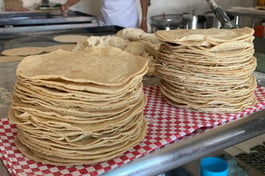
CORN TORTILLAS
Making corn tortillas consists in three principal stages: nixtamalization, grinding and preparation of corn dough, and making the tortilla.
NIXTAMALIZATION
Ingredients:
- 1 kilogram (2.2 pounds) of dried corn (use any type dried corn)
- 10 to 15 grams of live cal (10 grams for softer corn or 15 grams for hard corn)
- 3 liters of water (approximately 3 quarts)
- A large and deep pot
- Large cooking spoon
- Colander
Preparation:
- Clean the dried corn, removing stones or anything else that is not corn. Rinse well with water and drain.
- Put three liters of water in the pot and heat.
- Dissolve the cal in a cup of cold water. Do not inhale the steam that this generates. It is normal for the cal to generate heat during this process.
- Once the water in the pot is lukewarm, add the cal/water mixture to the pot of water and continue heating.
- When the pot of water begins to boil, add the corn kernels and keep the pot over high heat until it comes back to a boil. Lower the heat to simmer. We recommend that the corn does not boil, as boiling will result in sticky dough. To regulate the cooking temperature, raise or lower the flame or add cold water.
- Cook the corn for between 25 and 30 minutes, depending on the type kernel you are using. The correct point to remove the pot from the heat is when the covering over an individual corn kernel can be removed easily when you rub it between your fingers. At that point, the corn will still feel a little raw inside, but it will continue to cook as it rests.
- Allow the pot of corn and water to cool for between six and eight hours.
- Rinse the cooked corn with clean water to remove the nejayote, which is the name of the water/cal mixture produced by nixtamalization. We recommend that you keep the corn covering, as that is where corn’s fiber is concentrated. Fiber gives the tortilla nutrients and an excellent texture.
GRINDING AND DOUGH
Ingredients:
- 1 kilogram (2.2 pounds) nixtamalized corn
- 1 cup water
Utensils:
- A manual mill or a metate
Preparation:
- Grind the previously nixtamalized corn using a manual mill or a metate. During this process, it is necessary to add a little water to moisten the kernels and achieve a firm but moist texture to the dough. Repeat the process as many times as necessary to end with a smooth dough without chunks of corn. It is important not to add too much water, because you cannot use a very wet dough to make tortillas.
- Knead the dough for a few minutes to form an evenly smooth dough.
- Traditionally, no salt is added to the dough for tortillas because you want a neutral flavor.
- Corn dough
- Thin plastic bag
- Tortilla press
- Clay or metal griddle
- Tortilla holder
- Fabric napkin
- Before beginning the process of making the tortillas, we recommend that you prepare your tortilla holder by putting a clean, unfolded napkin in the bottom, for storing the tortillas.
- Prepare the tortilla press by cutting the plastic bag into a form which will cover the two circular parts of the press. This procedure will keep the dough from sticking to the press.
- To keep the tortillas from sticking to the comal, we recommend that you dissolve a tablespoon of cal in half a cup of water, stir, and paint the comal with the cal/water mixture.
- Heat the comal over a medium flame.
- Take a portion of dough to form small balls called testales.
- Place a ball of dough on the plastic bag at the bottom circle of the press and press the top down until you have a tortilla of the thickness you want.
- Open the tortilla press. Pick up the plastic and smoothly detach the tortilla over one of your hands, pulling off the plastic with the other hand.
- Put the tortilla on the comal and allow it to cook until the edge changes color. Turn the tortilla over and allow it to cook on the other side until it easily comes away from the comal. Turn the tortilla once again and press it a little with your fingers to make it inflate.
- Remove the tortilla from the comal and place it in your tortilla holder to keep it warm.

